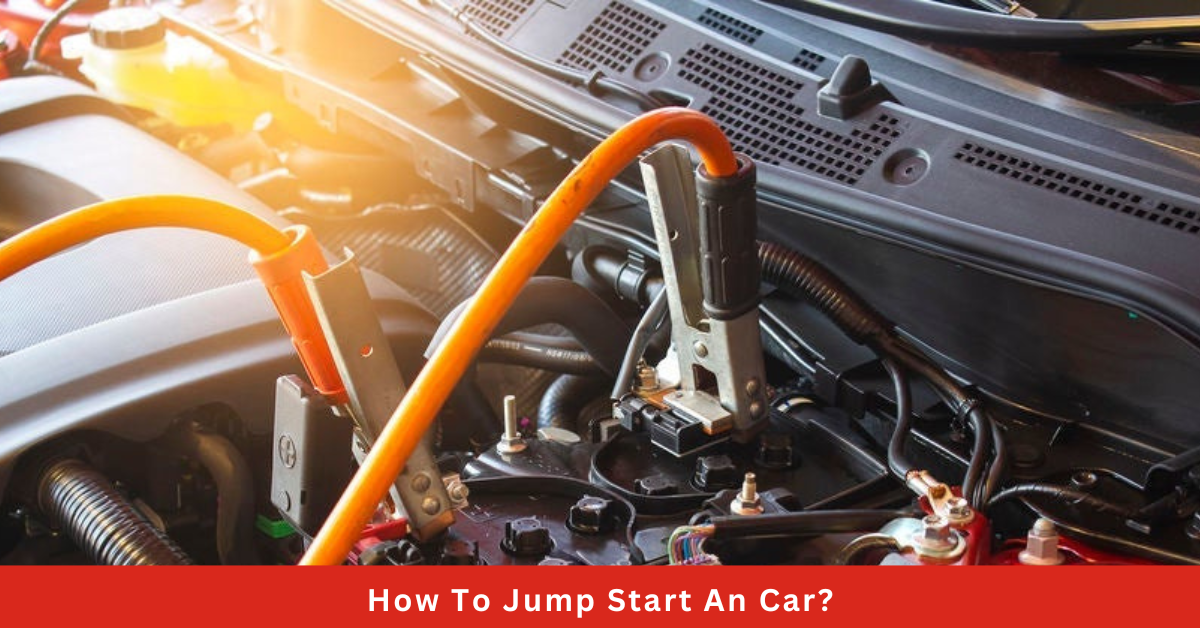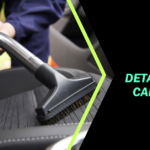As a car owner, you know that a dead battery can happen at any time, leaving you stranded and frustrated. However, if you know how to jump start a car, you can quickly and easily get back on the road. But if you don’t know. Don’t worry, with a few simple steps, you can jump start your car and be on your way.
For professional jumpstart service in Dubai, contact us at +971505073124.
What is a Jump Start?
A jump start is a method of starting a vehicle with a dead battery by using the electrical power from another vehicle. This is done by connecting the dead battery to a live one using jumper cables. Once the dead battery is connected to a live one, the electrical power from the live battery is transferred to the dead battery, providing it with enough power to start the engine.
How to Diagnose a Dead Battery
If you suspect that your car’s battery is dead, there are a few steps you can take to diagnose the problem:
- Check the Lights: Turn on the headlights and see if they are dim or flickering. If they are, it’s a sign that your battery is weak or dead.
- Test the Battery: Use a voltmeter to test the battery’s voltage. A fully charged battery should read between 12.5 and 12.8 volts. If the reading is lower than this, it’s a sign that your battery is weak or dead.
- Look for Corrosion: Check the battery terminals for any signs of corrosion. Corrosion can prevent the battery from providing a charge to the engine.
Things Needed To Jump Start a Car
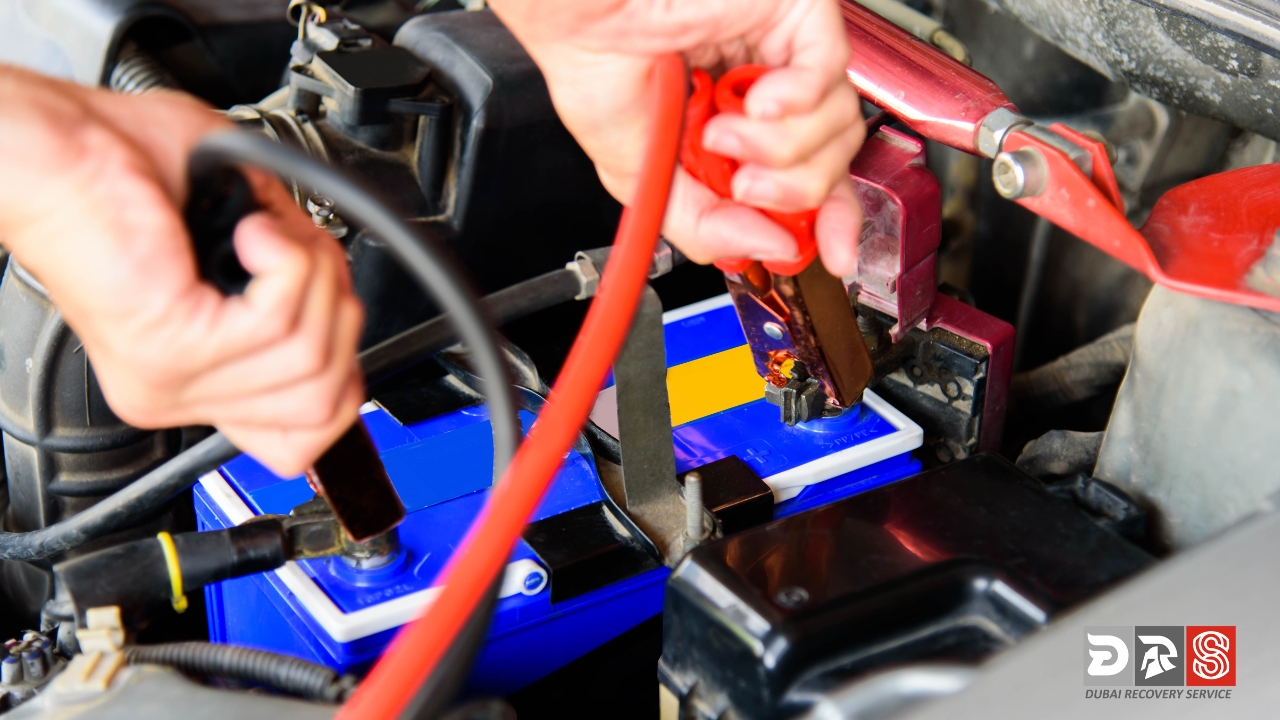
A. Jumper Cables
Jumper cables are the most essential item you’ll need for jump starting a car. They are electrical cables with clamps on each end that are used to transfer power from a working car’s battery to the dead battery in the car that needs a jump start.
When purchasing jumper cables, make sure they are long enough to connect both car batteries. Most jumper cables are around 12 feet long, which should be enough for most situations. It’s also a good idea to choose jumper cables with thicker wire, as they will provide more power transfer.
B. A Working Car
In addition to jumper cables, you will need another car with a working battery to jump start your car. It’s important to choose a car with a similar or higher voltage than your own car’s battery. This is because using a car with a lower voltage battery can cause damage to your car’s electrical system.
When positioning the cars for jump starting, make sure they are facing each other with their hoods open. The two cars should be close enough that the jumper cables can reach both batteries, but not touch each other. Once the cars are in position, turn off the working car’s engine and put both cars in the park or neutral with the parking brakes engaged.
C. Protective Gear
Wearing protective gear such as gloves and goggles can help prevent injuries from electrical shocks or battery acid. Before starting the jump start process, put on a pair of rubber gloves and safety goggles to protect yourself.
It’s important to note that you should never touch the clamps on the jumper cables together, as this can cause a spark and potentially start a fire. You should also avoid smoking or having any open flames near the car batteries.
Steps to Jump Start a Car Battery
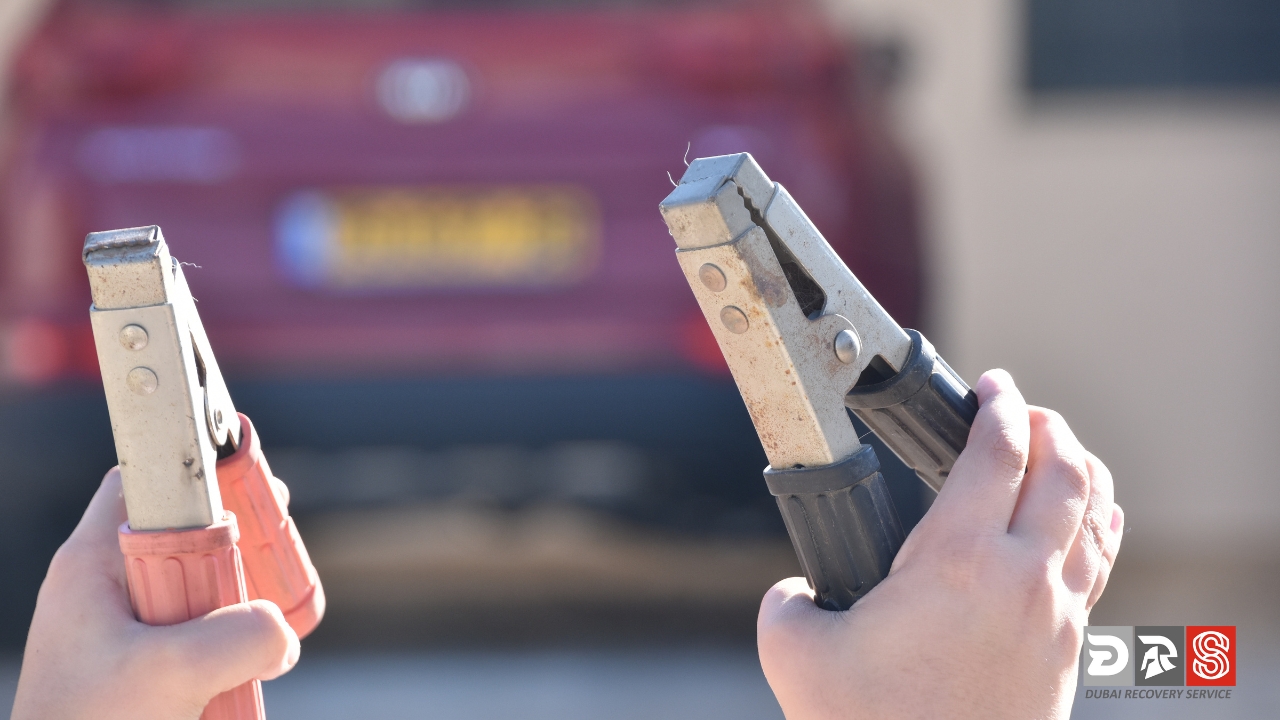
Once you have the necessary materials, you’re ready to begin the process of jump-starting your car. Follow these steps carefully to avoid damaging your vehicle or injuring yourself:
A. Positioning the Cars
The first step is to position the two cars next to each other. Make sure that they are close enough that the jumper cables can reach from one battery to the other, but not so close that they touch each other. Turn off both cars and engage the parking brakes.
B. Connecting the Jumper Cables
Take the red jumper cable and attach one end to the positive terminal of the dead battery. The positive terminal will have a “+” symbol on it. Then, attach the other end of the red cable to the positive terminal of the live battery.
Next, take the black jumper cable and attach one end to the negative terminal of the live battery. The negative terminal will have a “-” symbol on it. Then, attach the other end of the black cable to an unpainted metal surface on the engine block of the car with the dead battery. This will help prevent sparks and provide a good ground connection.
C. Starting the Car
With the cables connected, start the vehicle with the functioning battery and let it run for a few minutes. This will allow the dead battery to charge a bit. Then, try to start the car with the dead battery. If it starts, let both cars run for a few more minutes to ensure that the dead battery is fully charged.
If the car with the dead battery still doesn’t start, check to make sure that the cables are securely connected and try again.
D. Disconnecting the Cables
Once the dead battery is charged and the car has started, it’s time to disconnect the cables. Do not turn off the car with a dead battery before disconnecting the cables, as this can cause damage to the alternator.
Start by removing the black cable from the unpainted metal surface of the engine block, then remove the black cable from the negative terminal of the live battery.
Next, remove the red cable from the positive terminal of the live battery, then remove the red cable from the positive terminal of the dead battery.
E. Letting the Car Run
Once the cables are disconnected, the newly jump-started car should be left to run for about 20 to 30 minutes. This will allow the battery to charge up fully and the alternator to stabilize. If you switch off the engine immediately after jump-starting, the battery may not have enough charge to start the car the next time.
While the car is running, it’s important to keep an eye on the dashboard gauges to make sure everything is working correctly.
Read more: How To Drive An Automatic Car
Troubleshooting: What to Do If the Car Still Won’t Start
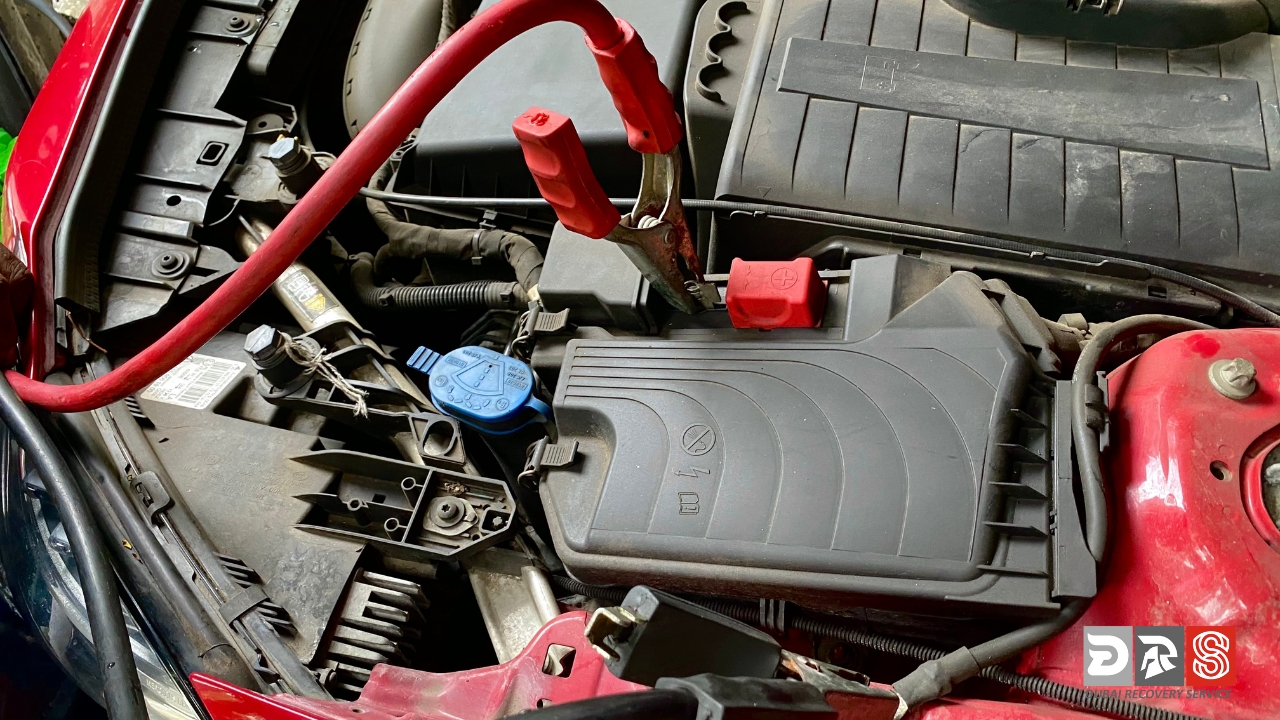
If you have followed all the steps to jump start your car but it still won’t start, there may be other issues at play. Here are some possible troubleshooting steps:
- Check the battery terminals: Make sure the battery terminals are clean and free of corrosion. If they are dirty, you can clean them with a wire brush or a battery terminal cleaner. Corroded terminals can prevent the battery from charging properly, which can cause your car to not start.
- Wait a little longer: Sometimes, even after jump starting a car, the battery may need a little more time to recharge fully. Let the car idle for a few minutes longer than usual to give the battery more time to charge.
- Check the connections: Double-check that the jumper cables are properly connected to both cars. If they are loose, try reconnecting them and jump starting the car again.
- Check the alternator: If your car’s alternator is not working properly, it may not be charging the battery even while the engine is running. You can test the alternator by using a multimeter to measure the voltage across the battery terminals while the engine is running. If the voltage is less than 13.5 volts, there may be an issue with the alternator.
- Call a professional: If none of the above steps work, it may be time to call a professional for battery boosting. A mechanic can diagnose the problem and provide a solution.
FAQs
Can you jump start a car with a dead battery?
Yes, you can jump start a car with a dead battery by using jumper cables and a working car. It’s important to follow the correct steps and safety precautions to avoid any accidents.
Do I need special jumper cables to jump start a car?
No, you don’t need any special jumper cables to jump start a car. You can use any standard set of jumper cables, but make sure they are in good condition and have no signs of damage.
Can I jump start a car without another car?
Yes, you can jump start a car without another car by using a portable jump starter or a battery charger. These devices can provide enough power to start a car without needing another vehicle.
How long should I let my car run after jump starting it?
You should let your car run for at least 15-20 minutes after jump starting it to recharge the battery. If the battery was completely dead, you may need to drive the car for a longer period of time to fully recharge the battery.
Conclusion
Jump starting a car can seem intimidating, but with the right materials, safety precautions, and steps, it can be a simple and straightforward process. Remember to always prioritize safety, and if you are unsure of what to do, contact us for proper guidance at +971505073124.

